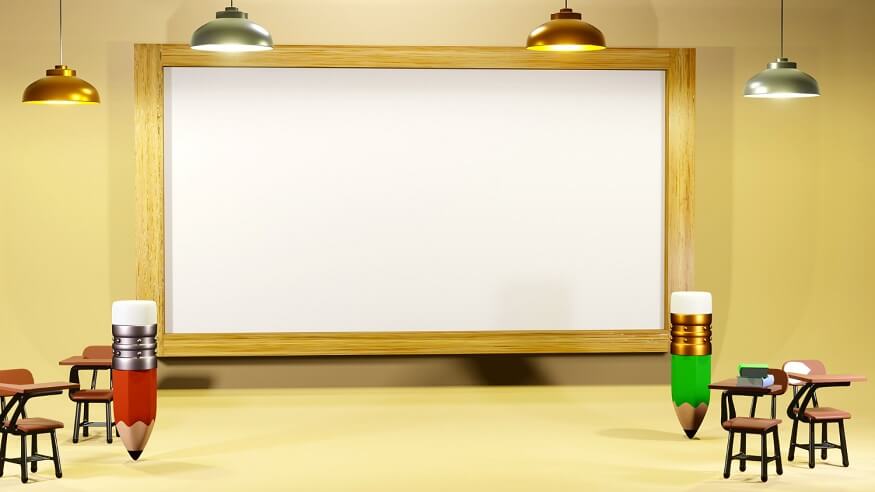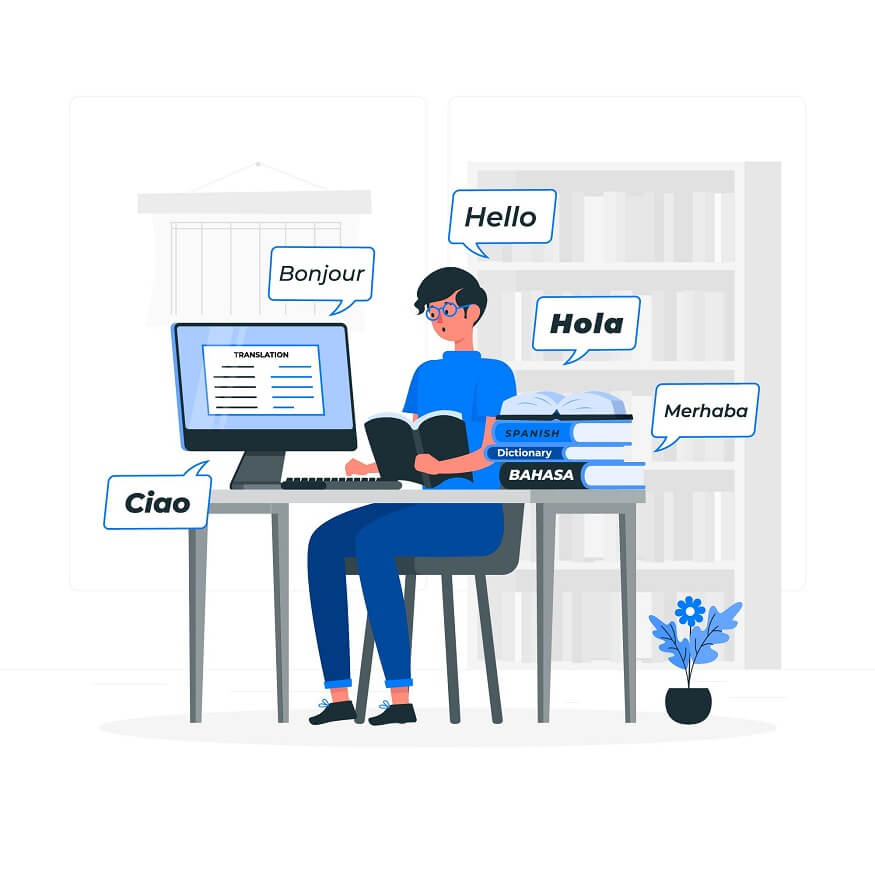In modern classrooms, the use of mini whiteboards has revolutionised the learning experience, offering a multitude of advantages that significantly improve student engagement and comprehension. Because of their adaptability and potency as a teaching tool, these little whiteboards attract educators’ attention. We will explore the many benefits that small whiteboards provide for the classroom, as well as any potential negatives. We’ll also offer helpful advice on how to use tiny whiteboards in educational settings to their fullest potential.
Also Read: 10 Strategies to Build on Student Collaboration in the Classroom
Advantages of Mini Whiteboards:
- Active Engagement:
- Immediate Feedback:
- Enhanced Collaboration:
- Versatility:
- Reduced Anxiety:
One of the most significant advantages of mini white boards is their unparalleled ability to promote active student participation. By providing students with these handheld boards, educators create an interactive learning environment where every student gets the opportunity to actively contribute. This, in turn, fosters a strong sense of ownership and involvement in the learning process, leading to improved student motivation and attentiveness.
The beauty of small white boards lies in their capacity to facilitate immediate feedback, which is paramount for gauging students’ understanding of the taught concepts. When students respond to questions or engage in problem-solving tasks on the mini whiteboards, teachers can quickly assess their comprehension level. This real-time feedback empowers educators to adapt their teaching strategies on the spot, addressing any misconceptions promptly and ensuring that no student is left behind.
Another noteworthy advantage of small white boards is their inherent ability to foster peer collaboration. As students work together to solve problems or brainstorm ideas on these small boards, they develop crucial teamwork and communication skills. Such collaborative learning experiences promote a positive and supportive classroom atmosphere, encouraging students to engage in open discussions and build upon each other’s ideas, creating a rich learning environment.
Mini white boards are incredibly versatile tools that can be seamlessly integrated into various subjects and grade levels. Whether it’s solving complex maths problems, answering comprehension questions in language arts, or participating in interactive quizzes during science class, these small boards accommodate a wide array of learning activities. Their adaptability ensures that teachers can utilise them in diverse teaching scenarios to enhance student learning effectively.
Traditional classroom settings can often induce anxiety in certain students, particularly when they are required to answer questions or participate in class discussions in front of their peers. Mini whiteboards provide a valuable solution to this issue by creating a low-pressure environment. Students’ confidence is increased and active engagement in the learning process is encouraged when they may express their ideas and views on the boards without worrying about being judged. All pupils are given the freedom to speak out and present their individual viewpoints thanks to this inclusive teaching style.
Also Read: What is the impact of classroom design on student learning
Disadvantages of Mini Whiteboards:
- Initial Cost:
- Maintenance:
- Distraction Potential:
Like any educational resource, the introduction of mini whiteboard price into the classroom may necessitate an initial investment. However, it is essential to recognize that this cost is offset by their durability and reusability. Over time, the long-term benefits of using mini whiteboard prices outweigh the initial expense, making them a cost-effective investment for educational institutions.
As with any physical teaching aid, small white boards require regular maintenance to ensure their effectiveness. Over time, these boards can accumulate stains and ghosting, diminishing their usability. Therefore, it is crucial for educators to implement a routine cleaning and erasing process to maintain the boards in optimal condition. Proper care and upkeep of the mini whiteboards ensure that they continue to serve as a valuable tool for a prolonged period.
While small white boards can undoubtedly boost student engagement, they can also become a source of distraction if not used effectively. To mitigate this issue, teachers must establish clear guidelines and expectations for their usage during class. By setting these boundaries, educators can ensure that students remain focused on the intended learning objectives, maximising the effectiveness of the mini whiteboards.
Also Read: Advantages of smart classroom
Practical Tips for Using Mini Whiteboards:
- Establish Ground Rules:
- Random Selection:
- Formative Assessment:
- Encourage Creativity:
- Peer Teaching:
To maximise the benefits of mini whiteboards, it is essential to set clear guidelines for their usage in the classroom. Educators should communicate the expectations for respectful participation, attentive listening during sharing sessions, and the appropriate use of the boards. By establishing ground rules, teachers ensure that the mini whiteboards are optimally utilised for learning purposes.
Embrace the element of surprise by utilising mini whiteboards for random selection during class discussions and activities. By incorporating this unpredictability, teachers can maintain student engagement and encourage active participation from all students. Random selection also fosters an inclusive learning environment where every student has an equal opportunity to contribute and learn from their peers.
Embrace small whiteboards as a formative assessment tool to gauge the overall class understanding of the taught concepts. By posing questions or problem-solving tasks, teachers can elicit individual responses, allowing them to identify areas that require further reinforcement and tailor their instruction accordingly. Formative assessment using mini whiteboards enables teachers to make data-driven decisions and provide targeted support to their students.
In addition to answering questions, encourage students to showcase their creativity on mini white boards. Encourage them to draw diagrams, create mind maps, or visually explain complex concepts. This not only reinforces their understanding but also enhances their creative thinking skills. Embracing creativity in the learning process fosters a deeper understanding of the material and makes learning more enjoyable for students.
Foster a collaborative learning environment by encouraging students to take turns teaching concepts to their peers using mini white boards. This peer-to-peer teaching approach not only solidifies the understanding of the students’ explanations but also benefits those listening by providing alternative perspectives and explanations. Peer teaching using mini whiteboards nurtures a supportive and collaborative classroom culture where students learn from each other and build strong interpersonal skills.
Also Read: Differentiated instruction in the classroom: Meaning, Implementation, Examples and Strategies
Conclusion:
Mini whiteboards have emerged as a powerful educational tool that offers numerous advantages, including active engagement, immediate feedback, enhanced collaboration, versatility, and reduced anxiety in the classroom. Despite a few disadvantages such as the initial cost and the need for regular maintenance, the benefits they offer far outweigh these concerns. By following the practical tips provided, educators can effectively integrate mini whiteboards into their teaching methods, creating a dynamic and interactive learning environment that fosters meaningful learning experiences for all students. The price of mini whiteboards is indeed justified by the substantial long-term advantages they provide, making them a valuable and worthwhile investment for any educational institution.
At Euroschool, we believe in incorporating innovative teaching methodologies that enhance student learning and engagement. Small white boards have proven to be an invaluable addition to our classrooms. The advantages of using mini whiteboards include promoting active engagement among students, enabling immediate feedback for teachers, fostering collaboration and teamwork, offering versatility across subjects, and reducing anxiety for students. While mini whiteboards require an initial investment and regular maintenance, their long-term benefits far outweigh these concerns. Mini whiteboards have truly revolutionised the way we teach and learn at Euroschool, empowering students to actively participate in their education and fostering a dynamic and interactive learning environment.











